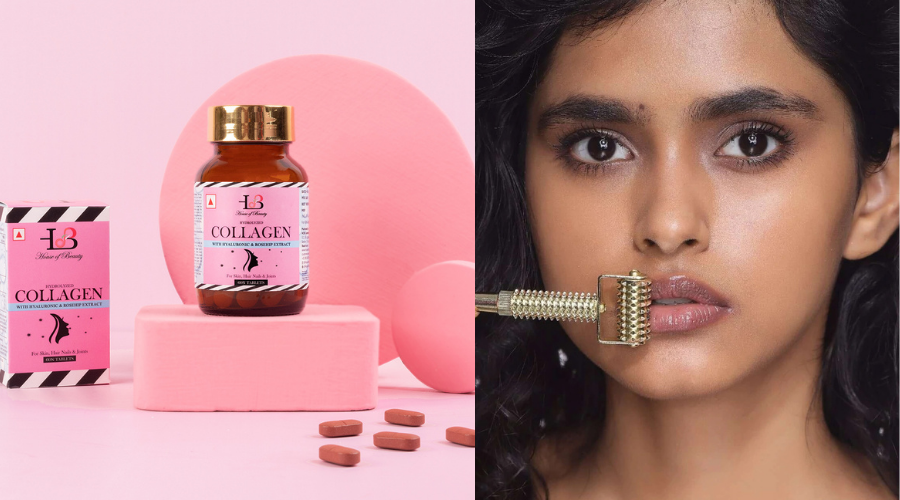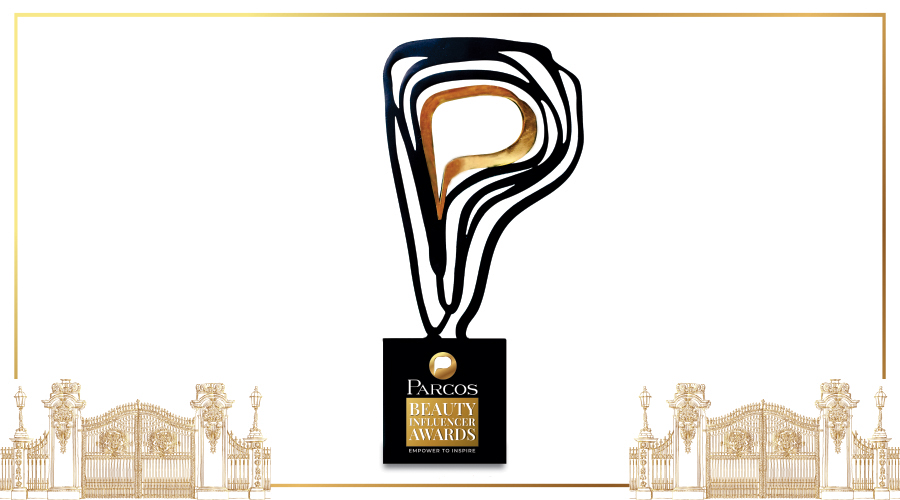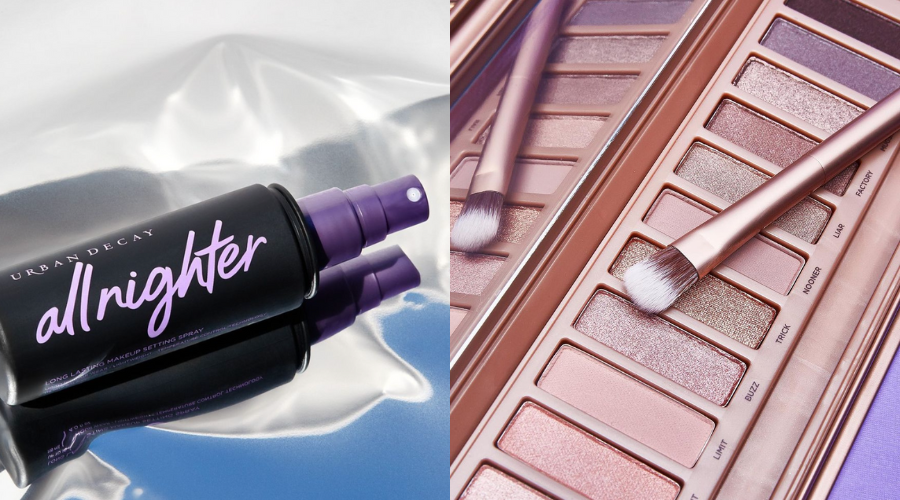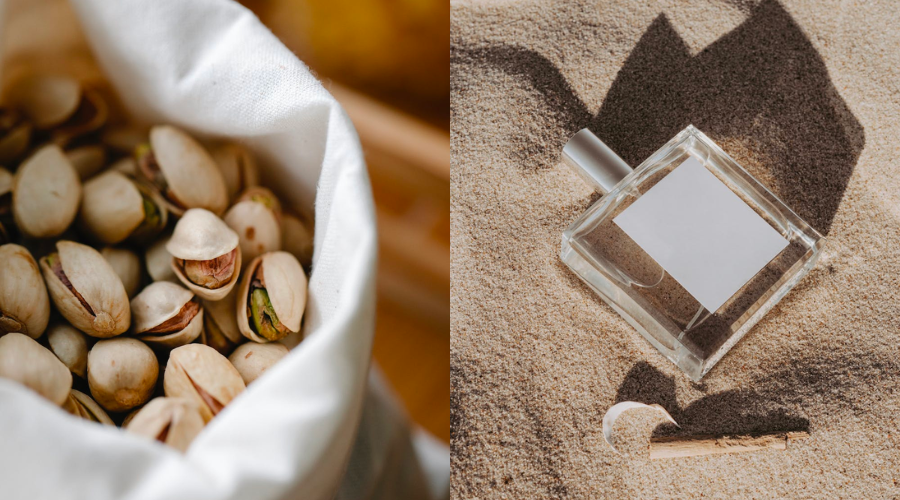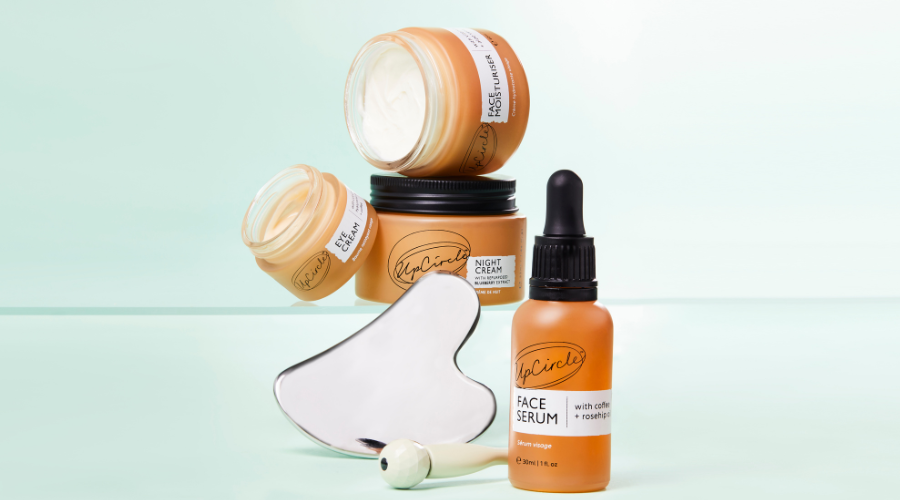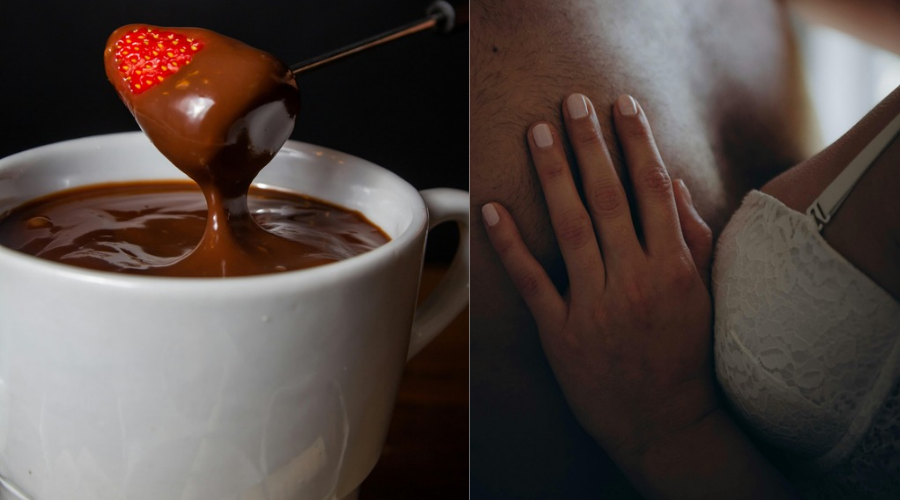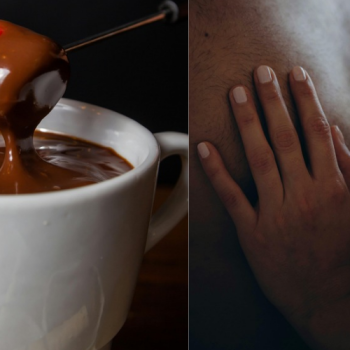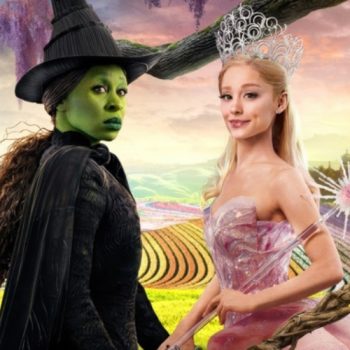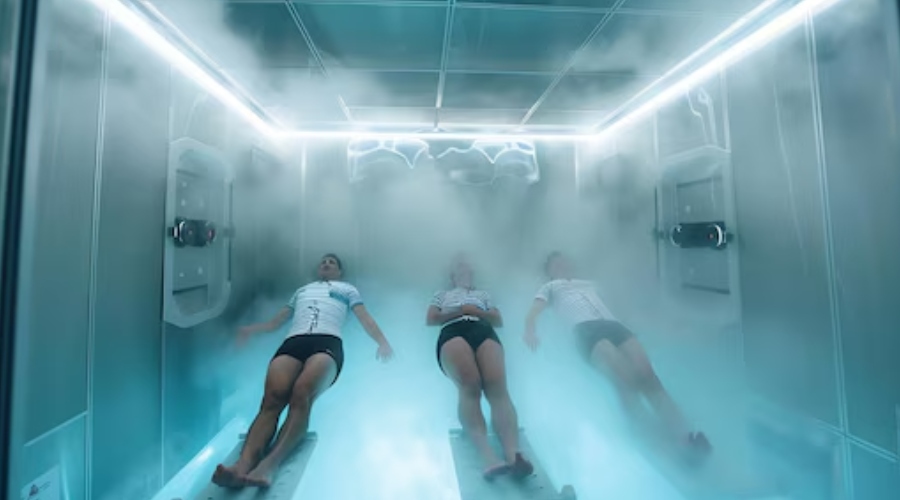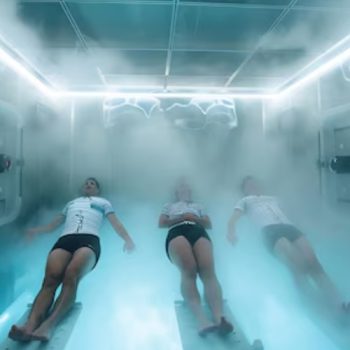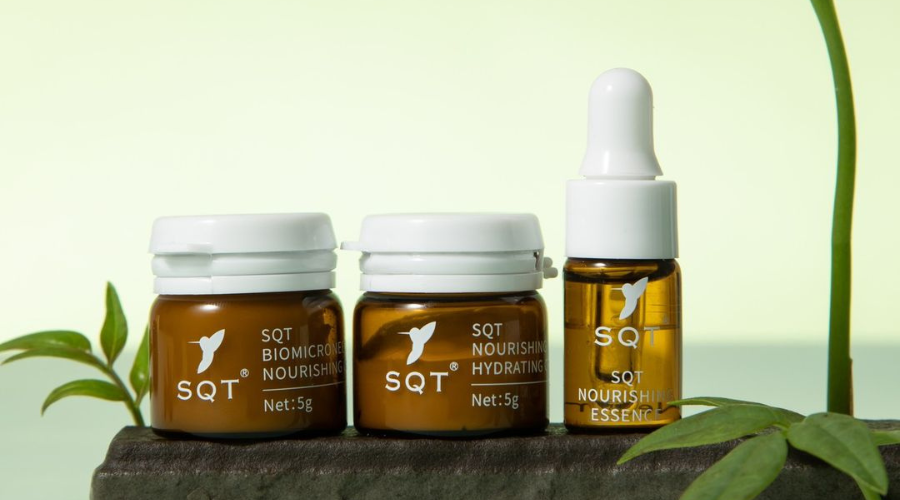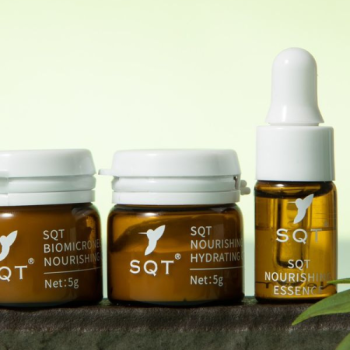According to UNICEF’s prediction in its report on water scarcity (under WASH and Climate Change), half of the world’s population could be living in areas facing extreme water scarcity by 2025. One of its reports also says that almost two-thirds of the world’s population struggles with water scarcity for at least one month each year. Still wondering why the global beauty indus- try needs to take charge of its ‘water footprint’?
A standard moisturiser or shampoo bottle contains at least 70-80 per cent water. This amount of water, often termed as ‘aqua’ on ingredient labels, can go up to 90 per cent in a few products such as conditioners, serums, face creams, and even make-up. While ‘water for inner and outer hydration’ has been a favoured concept for decades, it doesn’t make for a good case for the planet. Case in point: the global beauty industry is one of the largest users of water, perhaps in the first five on the list.
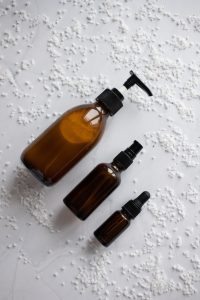
WHAT IS WATERLESS BEAUTY?
Water is used in beauty products as fillers, and also to achieve an ideal formulation. While the former means that adding water to the product helps create an ‘illusion’ of a fuller bottle, the latter is done to give the product a smooth, malleable and softer texture.
Waterless products, on the other hand, are created with little or no water in the formulation and replaced with various oils, butter, and oil-soluble ingredients. Brianne West, founder and CEO of Ethique, a New Zealand-based waterless beauty brand, explains, “Traditionally, this has meant solid bar-format products, like shampoo and conditioner bars, but it can also include concentrated powder or solid products designed to be diluted at work.” In fact, there are multiple alternatives that don’t even require water to work. Shedding light on such options, UK-based UpCircle Beauty’s co-founder Anna Brightman says, “They are produced using alternatives such as ethically sourced fruit water, plant extracts, waxes and oils. Some come in a concentrated, powdered form that can be mixed with water at home to activate the product, or as a balm.”
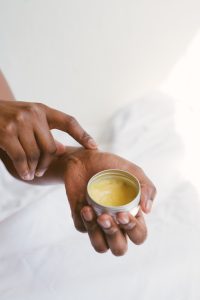
It is interesting to note that water-free products have a higher concentration of ingredients compared to their counterparts, as the ingredients are not diluted in water. Moreover, we know that where there is water, there are bacteria. This means that waterless products do not require preservatives, as the absence of H2O makes them least susceptible to bacteria. The products are available in the form of soap bars, powder cleansers, concentrated oils, and balms.
The concept came into being in early 2015 in South Korea, where the quest to offer efficient and concentrated formulas to beauty consumers led to the beginning of ‘waterless beauty’. What started as a step to increase the potency of skincare products was soon adapted into the mainstream, thanks to its multiple benefits. Larger companies have also come forward in support of the ongoing trend. For instance, cosmetic giant P&G has pledged to reduce its water use by 20 per cent, by 2030. In fact, more than offering efficacy, it has become a movement about clean and non-toxic beauty. While the West was quick to jump on the bandwagon, we are yet to see Indian brands making the change.

UNDERSTANDING WATER FOOTPRINT
Using no or less water in beauty products not only ensures less consumption of water in production stages but also decreases its impact on other resources. Big and bulky bottles with large amounts of product (often with diluted water) not only use bigger, single-use plastic for packaging but also cause issues in transportation, due to its weight. We are talking about heavier shipments, higher shipping costs, and increased use of energy to move the cargo.
West explains, “By removing water, we remove the plastic (which has a surprisingly high carbon footprint per bottle–150g of carbon dioxide released just to make one 25g plastic bottle) and reduce the carbon associated with trans-porting the product, because it’s then lighter and more com-pact.” The beauty industry is known for its overly packaged products, often using mixed materials, making them difficult to recycle. Waterless products also require less protection, thus minimising the use of packaging.
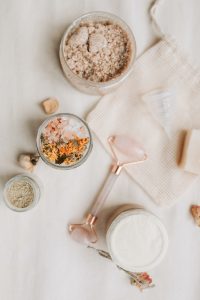
THE WAY FORWARD
The concept is catching up and promises to get bigger in times to come. “According to Future Market Insights (FMI), waterless cosmetics sales are set to grow at a rate of 13.3 per cent be- tween 2021 and 2031,” says Brightman. However, is water-less beauty the ultimate solution to lessen the beauty industry’s water footprint? The answer to this question is complicated. Creating a product is a multi-layered process, and simply eliminating water from the final product doesn’t mean the production methods are sustainable. Water is required at different stages of production—from the processing of material and formulation to packaging and transportation. Ensuring transparency in the supply chain is a mammoth task for brands, especially the newer ones.
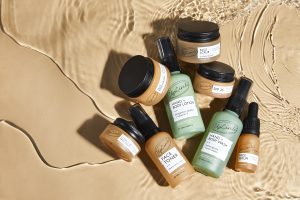
In addition to that, waterless products are often expensive as they are more concentrated, and you pay for the ingredients in their pure form. However, this is guaranteed only when the ingredients are safely and ethically sourced. “The way forward is for the beauty industry to look at sustainability as a whole, including packaging waste and water conservation, and also carbon footprint, supply chain and ingredient sourcing policies, and social sustainability,” West concludes.
Find ELLE’s latest issue on stands or download your digital copy here.

